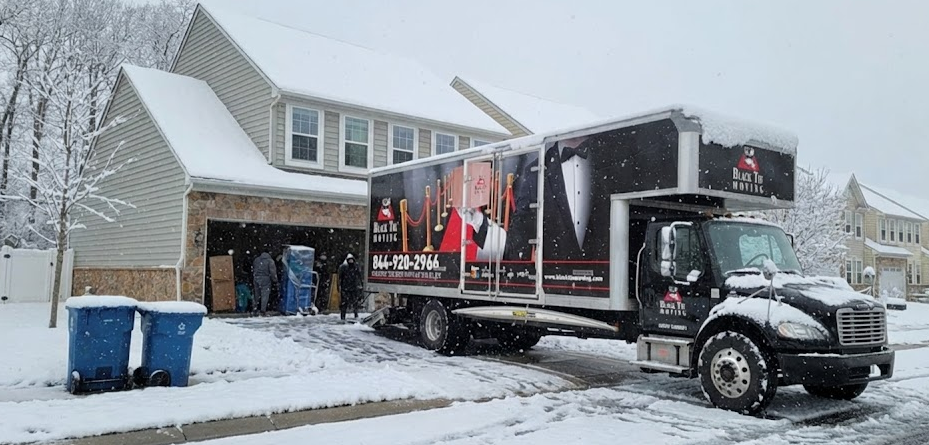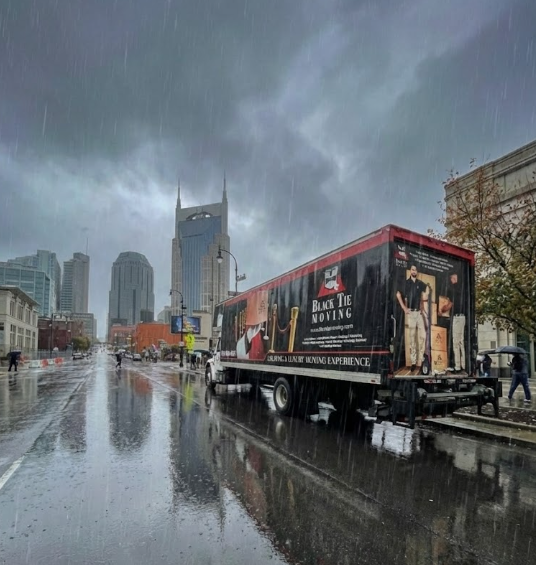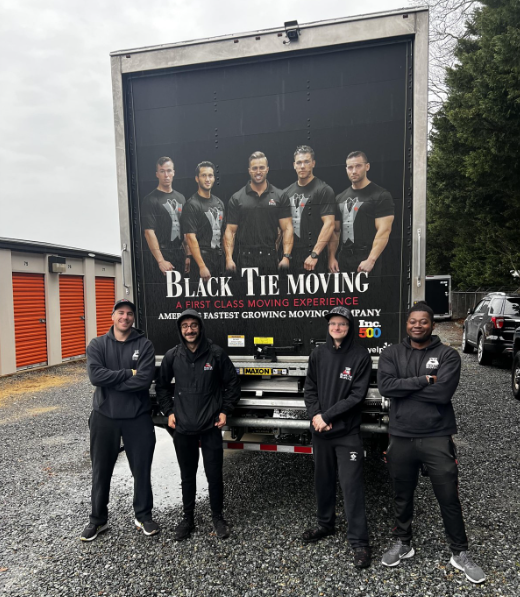There’s a lot to worry about when setting up a move, and if you’re environmentally conscious, being as sustainable as possible is one of them. If you’re interested in the most eco-friendly relocation process possible, read on for tips on sustainable moving.
1. Downsize & Donate
The more belongings you have, the more boxes and packing material you’ll need to use. Additionally, moving excess items may result in more trips back and forth. Before packing in earnest, take a day or two to go through your belongings and donate, gift, or sell those you don’t use, want, or need. In addition to lowering the number of boxes you’ll use, you may also find yourself with more space than you expected in your new home.
2. Don’t Buy Boxes
While going out and buying boxes is sometimes the simplest way to obtain moving containers, it’s certainly not the most sustainable. Instead, look to other sources like the ones you already have at home. Plastic bins, suitcases, reusable grocery bags are all viable options for packing. Most of us do a fair amount of online shopping, so if you know you’ll be moving soon, you can break down and save the shipping boxes for later use. You can also ask friends and family for boxes or look on websites like Craigslist and Freecycle to get what you need.
When you absolutely must acquire more boxes and have exhausted the options above, consider renting moving boxes. These often come in the form of plastic totes, which have a variety of advantages, including being stackable and much sturdier than their cardboard counterparts. You pay a fee to use the boxes for the move and return them when you’re finished. This removes the need to break down and recycle a bunch of boxes and keeps your eco-footprint neutral.
3. Try Unusual Packing Materials
Much like moving boxes, it’s surprisingly simple to get packing materials for free. Because things like bubble wrap and foam are often not recyclable and end up in the landfill, you should look around your house for items you can use in their stead. Comforters, towels, and linens can all be used as effective packing materials in many cases. You can even use clothes to safely wrap items, like securing plates and other kitchenware in t-shirts. If you need to use plastic, find out ahead of time where and how to dispose of it properly.
4. Minimize Back & Forth
It’s not always easy to get everything you need in as few trips as possible when moving locally. For example, you may start by setting up the bedrooms only to realize you forgot lamps. Then, when you leave and return with the lamps, you can see that you also forgot bedsheets and need to go back to fetch them. This type of back and forth is not only highly inconvenient, but it can also increase your driving emissions by quite a bit depending on the distance and frequency driven. Plan as much as possible to avoid this outcome.
5. Hire an Efficient Moving Company
Efficiency is everything when you’re trying to keep your carbon footprint down during a move. Whether long-distance or local, it will always be more eco-friendly to hire a company with true expertise in organization and logistics. If you’re interested in how a top-notch moving company makes it easier to lower your moving footprint, contact Black Tie Moving for more information on our red carpet service and other solutions to your relocation needs.
Subscribe to Black Tie Moving's Blog









Comments